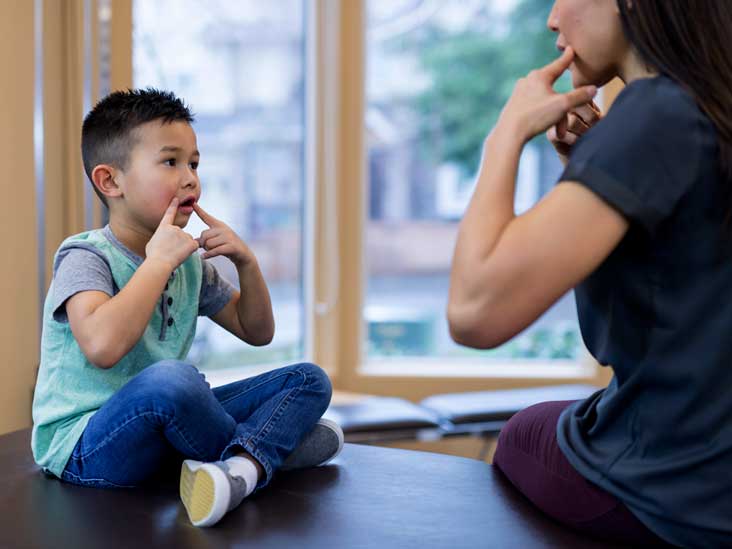As a parent, do you struggle with managing bedwetting in your child? Despite your best efforts, does the bedwetting still continue at night? Or Have you as an adult faced this problem as well, but were too embarrassed to tell anyone? If your answer is yes, then do not worry. Uncontainable bedwetting can be a serious problem. As it may continue to happen beyond the age of developmental norm. Fortunately, we can apply the principles of ABA therapy to manage it.
What is Bedwetting?
Bedwetting is the repetitive passing of urine into one’s clothes or beds, either voluntarily or involuntarily. This is called enuresis in clinical terms according to DSM-V. It may become a problem if it happens for at least twice a week for 3 consecutive months. Particularly, in children above the developmental age of 5 years. Bedwetting cannot be explained or attributed to a medical illness or the use of a substance/medication. Moreover, it has a serious impact by leading to negative emotions in the child’s daily life, school/academic life, and social life.
Bedwetting Types
Bedwetting may be specified by three types i.e.
- Nocturnal only: Bedwetting only occurs at night during sleep
- Diurnal only: Bedwetting occurs during the day during waking hours
- Nocturnal and Diurnal: Bedwetting may occur both during the night while sleeping or during the day in waking hours.
ABA Therapy: Behavior modification Therapy
ABA therapy or applied behavior analysis is a therapeutic approach that focuses on understanding and changing behavior. It uses principles of learning i.e. classical conditioning, operant conditioning and modeling, to increase the likelihood of performing desirable behavior. At the same time, it helps to reduce the likelihood of performing undesirable or unhealthy behaviors. For example, individuals who struggle with losing weight, smoking, drinking alcohol, etc. may benefit from behavior modification therapy.
Applying ABA Therapy to manage bedwetting
People normally wake up from sleep when their bladder’s larger tension is high to relieve the pressure of urine. However, children or adults struggling with the problem of bedwetting are unable to do so. They cannot recognize or identify bladder tension when it is high, which ultimately leads to bedwetting. There is nothing medically wrong with such a person. The problem is usually assumed to be due to a lack of learning of ‘Identifying bladder tension’. So, if we apply ABA to this, the following diagram may explain this behavior:
Antecedent (not being able to identify bladder tension)=> Behavior (passage of urine into clothes or bed) => Consequences (feelings of shame and guilt along with disapproval and rejection from others)
Two approaches are used to help children or adults learn to identify bladder tension. And consequently, control bedwetting. They are :
1. Using urine alarm apparatus
A urine alarm apparatus includes a sheet that is sensitive to liquids. It is connected to an electronic battery that powers a bell or buzzer. Anytime during the night when the child releases urine, the liquid activates the bell or buzzer. The loud noise or vibrations from the buzzer wake up the child who can then go to the washroom to relieve himself of the remaining urine.
With repetitive practice, the child learns to associate the buzzing sound with bladder tension. Such that with time, he is able to identify bladder tension himself and stops bedwetting. This method is useful and treating bedwetting for up to 75% of children. This approach uses principles of classical and operant conditioning.
2. Active participation by the child
Another approach for controlling bedwetting is to apply principles of open conditioning. In this approach, the child actively participates with the parents to manage his bedwetting behavior. In this program, parents wake up the child during the night to prevent bedwetting. If the child has not released urine and the bed is dry, the parents praise the child and encourage him to use the toilet. This serves as a reward in ABA therapy terms and reinforces his behavior to release urine in an appropriate manner.
However, if the bed is wet, the parent directs the child to go to the washroom to wash himself. Change his pajamas, change the bed sheet and clean up after himself. This serves as a punishment in ABA therapy terms and discourages the bedwetting behavior. This approach is useful in managing bedwetting in children. However, some studies suggest that the urine alarm apparatus is comparatively more successful.
We hope the above article helped you to understand the principles of ABA therapy and how to apply it to manage bedwetting in children. To learn more about behavior therapy, check out the related articles.



 Types of Behavioral Therapy For Autism Spectrum Disorders
Types of Behavioral Therapy For Autism Spectrum Disorders  The Basic Principles of Applied Behavior Analysis ABA Therapy
The Basic Principles of Applied Behavior Analysis ABA Therapy  A brief introduction to Applied Behavior Analysis ABA Therapy
A brief introduction to Applied Behavior Analysis ABA Therapy  Is Systematic Desensitization the right therapy for you?
Is Systematic Desensitization the right therapy for you?